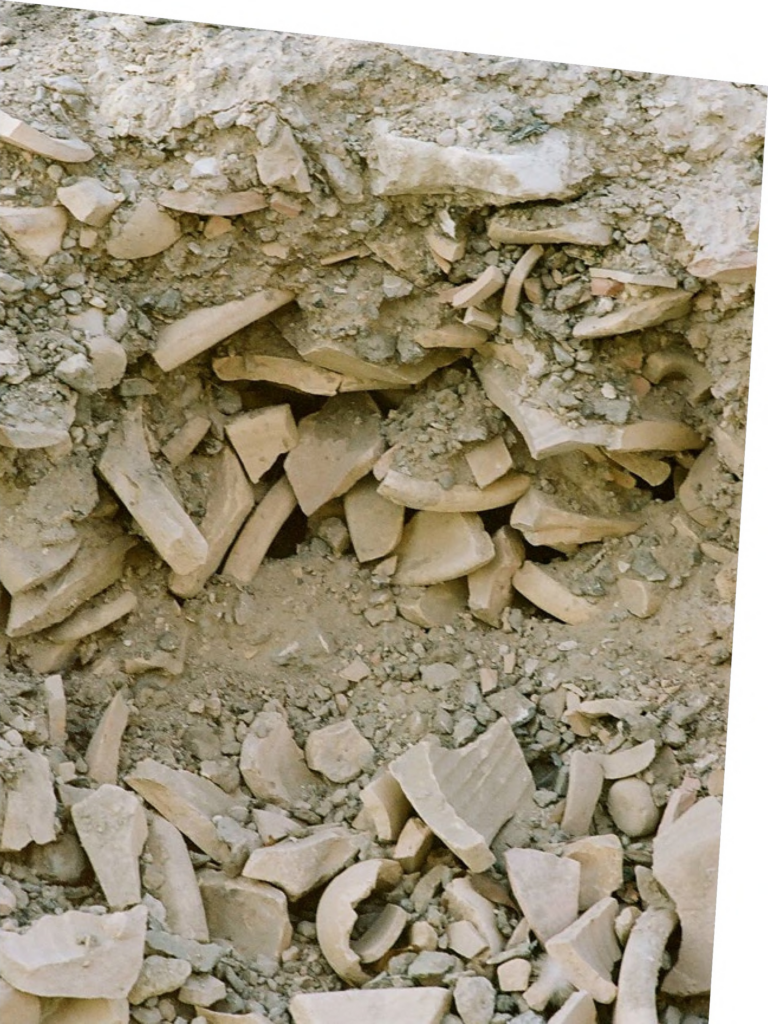BAHRAINI—DANISH
The studio was founded in 2016 in the Bahraini capital, Manama, by Christian Wennerström Jensen, Maytham Al-Mubarak, and Batoul Al-Sheikh. Christian Wennerström Jensen lives and works in the Danish capital, Copenhagen, while Maytham Al-Mubarak and Batoul Al-Sheikh live and work in the Bahraini capital, Manama
Surface Finds
2024

bahraini—danish studio and art collective uses cross-cultural references and dialogue as the basis of a practice that borrows and bridges new forms for furniture, objects, and installations. Founded by the architects Christian Vennerstrøm Jensen, Maitham Almubarak, and Batool Alshaikh, the practice’s dual-country name reflects not only the origins of its constituents, but also critical histories in the relations between the two states. In 1953 a Danish archaeological expedition made ground- breaking discoveries of almost 12,000 Dilmun burial mounds dating from 2050–1750 BCE near Qal’at Al-Bahrain (the Bahrain Fort), earning it UNESCO World Heritage Site status. The group’s work references this history. Its practice is based on the principle that dialogue can yield solutions to long-standing design challenges and evolutions of form. The studio’s transnational approach also includes exchange and debate with artisans and craftspeople in different locations, with creative decision-making and consensus drawn from different cultural perspectives.
In Surface Finds (2024), a project conceived specifically for the Biennale, the collective examines the Saudi Arabian archeological hobby of “pot-picking,” in which Aramco oil field engineers would take their families out into the desert on weekend mornings to sift through the sand in search of potsherds and other objects. On professional digs, such excavations are vertical, systematic, and findings are recorded by layer, creating a timeline of culture, history, and change. After the archaeologists have gone, what remains on such sites are piles of sand mixed with excavated and discarded “evidence”—a cataloguing of cultural history. Surface Finds takes these discarded piles found at archaeological sites including Qal’at Al-Bahrain as its subject matter, surveying the evidence (clay shards) into a classification system centered around color, texture, and composition. Using color-scanning devices and microscopic cameras to photograph the shards in detail, bahraini—danish undertakes a comparative study with the clay currently used in Bahrain and presents this in an installation format. In this way, Surface Finds offers a continuum of dialogue between the potters of the Dilmun civilization, Danish archaeologists, and ceramicists, excavators, and artists of today.
